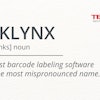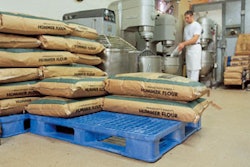A research team led by Nimesha Ranasinghe at the National University of Singapore have developed a breakthrough new technology that could change the way food manufacturers market their products to video gamers and digital explorers on the Internet, using an electrode that can produce the taste of salty, sweet, bitter and sour food through their headset or computer screen.
Signals that reproduce the four well-known major taste components: salt, sweet, sour, bitter, are transmitted through a silver electrode touching the tip of the tongue. The taste receptors are fooled by a varying alternating current and slight changes in temperature controlled by semiconductor elements that heat and cool very rapidly.
"We have found noninvasive electrical and thermal stimulation of the tip of the tongue successfully generates the primary taste sensations," says Ranasinghe. The device is a little clunky at the moment, but redesigning it will mean it can be in contact with the tongue when the user's mouth is almost closed.
The new technology was presented at the ACM Multimedia conference in Barcelona, Spain, last month. To read more, click HERE.




















